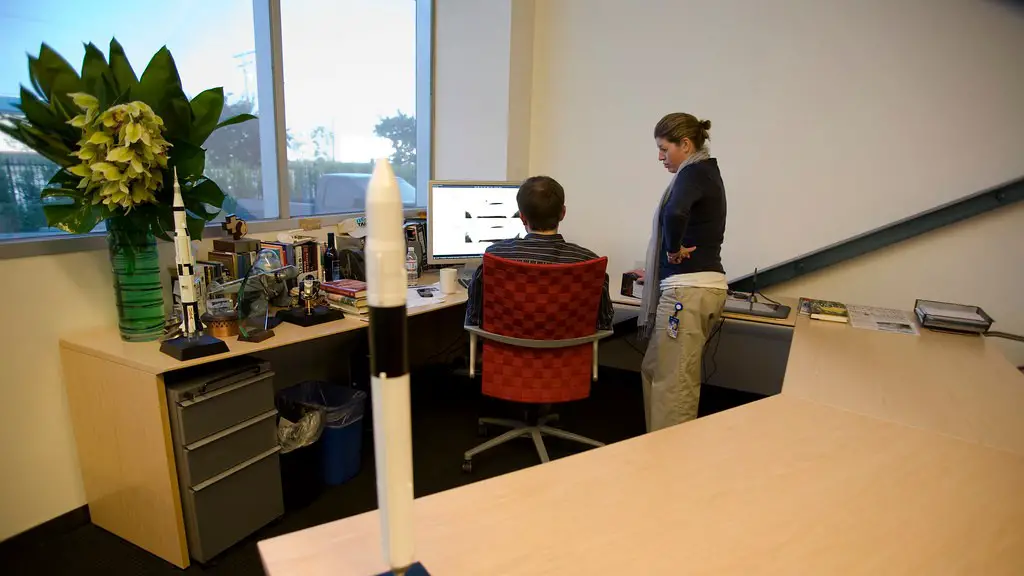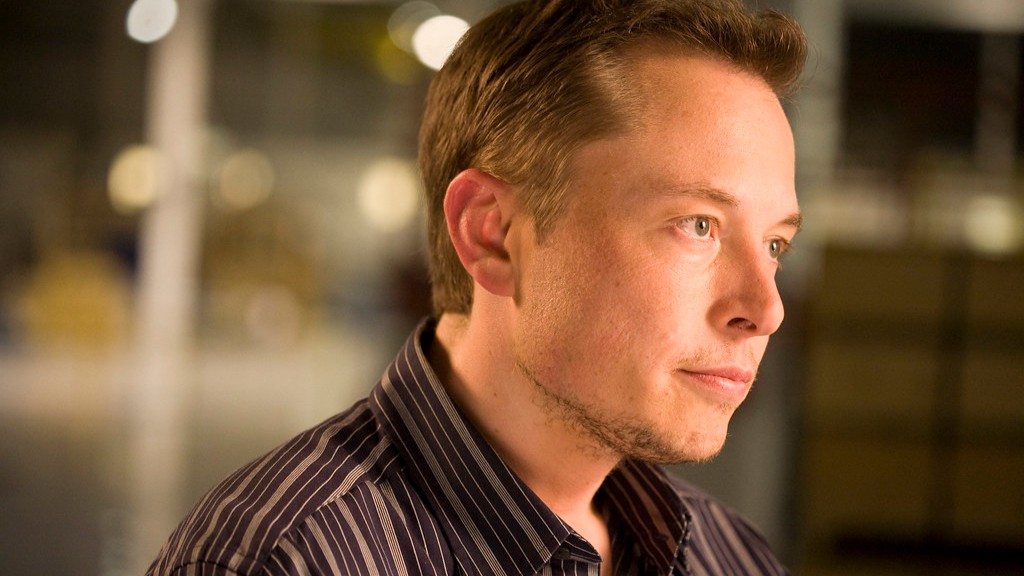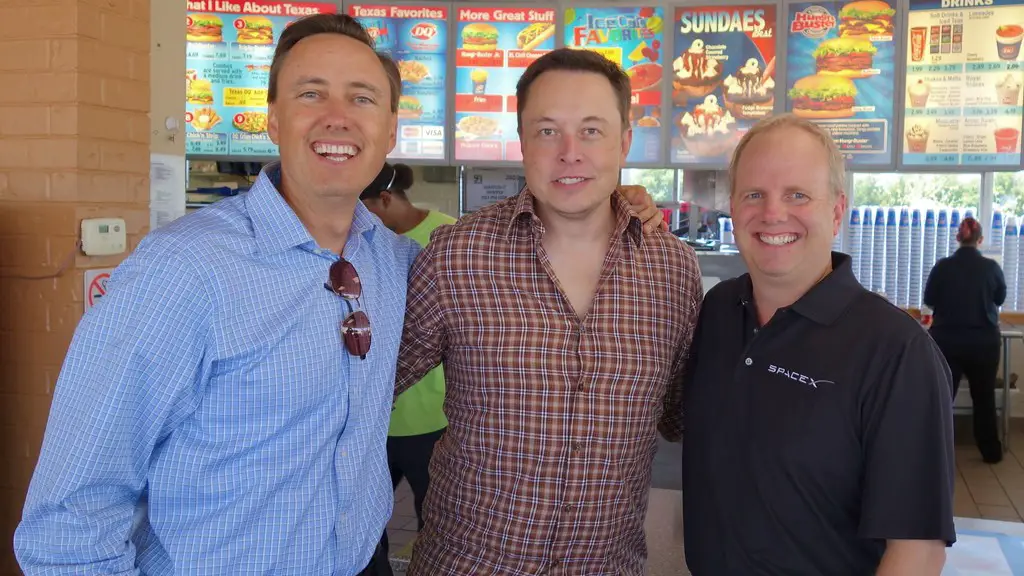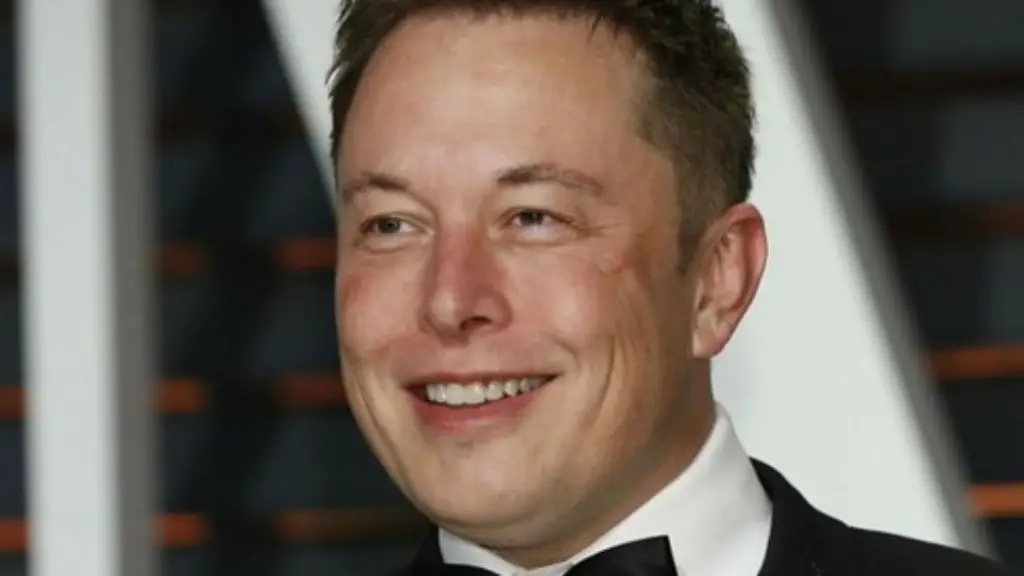In early 2018, Elon Musk sent a Tesla Roadster-bearing a Starman dummy-into space, creating an experimental spacecraft. The SpaceX Falcon Heavy rocket, his heaviest and most powerful launch vehicle to date, successfully hurled the vehicle beyond Earth’s atmosphere, a first for a private company and for an electric car. While the feat was largely deemed a success, reactions during and after that highly-anticipated launch have sparked debates regarding the scientific, technological, and philosophical implications of Musk’s mission.
Musk simultaneously pulled off a feat of filmmaking as well as engineering. As millions of viewers around the globe watched the car soar towards space, they also got stunning, real-time views of this journey thanks to the streaming video camera mounted to the exterior of the Tesla-generating a visual narrative that has been compared to some of the greatest cinematic moments of the past.
“SpaceX inspired with a 500 foot tall, 27 engine Falcon Heavy,” said Dr. William Barry, deputy director at the NASA Kennedy Space Center. “They certainly demonstrated a marvel of engineering. That same engineering extended beyond the launch vehicle itself and also included, of course, the aerial cinematography that was pulled off.”
The mission was also noteworthy for timing and cost. The Falcon Heavy rocket lifted off just four years after Musk conceived it-a turnaround that stands in stark contrast to the years, sometimes decades, of development such missions typically require. It also had a price tag of about $90 million, similar to that of existing launch vehicles-and a fraction of what a government-funded mission would have typically cost.
By demonstrating the viability of private missions to space, Musk has opened up an unprecedented new era of spacefaring. And its implications could be far-reaching: the exploration of our solar system could be made possible by private companies, and governments could shift their focus toward the construction of long-term human colonies in the space.
Moreover, questions have been raised likely cost implications this achievement could have. Advocates insist that a private, reusable vehicle such as the Falcon Heavy could drastically reduce the cost of getting payloads into space, as reusable hardware is cheaper to maintain and fuel than traditional, disposable launch vehicles.
Others, however, emphasize the environmental cost of this mission. “The chance for space exploration is thrilling,” said Katie Ognibene, an environmental policy researcher at the University of Washington, adding that she also thought of the potential impact on the environment. “When one launches rockets, it has an impact on the atmosphere, with bits of debris that fall down. SpaceX was praised for taking into account the sensibilities of the public and other entities they share the atmosphere with.”
Implications for Popular Culture
The Elon Musk space mission also made an impact in popular culture. After the launch, references of the roadster and the “Starman” driver appeared in several works of popular culture, from major motion pictures to Internet memes.
Leading up to the launch, several artists expressed their admiration for Musk and his venture, in some cases by incorporating images from the mission into their work. Some artists created works that were actually chosen by Musk to decorate the roadster itself, such as a miniature Hot Wheels Roadster with the SpaceX logo and likeness of the Starman.
After the mission, its images began appearing everywhere. In the Marvel studio movie “Avengers: Endgame”, a scene subtly references the mission, when Captain America beheadedly remarks that their plan involved “putting a car in space”.
Additionally, countless internet memes portraying the Starman in humorous or heartfelt tributes to the mission have been created, ranging from Starman “riding” other popular-culture icons like toy soldiers to a thoughtful rendering of the astronaut, surrounded by stars and Earth in the background.
More recently, a very successful short-film titled “Towards the Sun,” based on the mission, debuted at several video festivals and won multiple awards, attesting to the orbital trip’s profound impact.
Societal Significance
Given his success, and especially his recent space mission, Elon Musk’s standing as one of the more revolutionary and inspiring figures of our era has only been further consolidated.
He has become a pervasive presence in popular culture and even inspired new lines of thought on business, technology, and other areas. His approach, which takes risks, pushes boundaries, and goes even against the most basic of assumptions, has spawned words and phrases like “Muskism” and the “Musk Effect” in business lingo.
Musk has become a sort of beacon of inspiration, especially for the younger generations, who feel empowered and inspired by his successes. By daring to do what was thought to be unthinkable, he is seen as the underdog hero, who changes the course of history in a single stroke.
His mission has also rekindled the debate that pits technologists and futurists against cautious researchers, as to what are the real implications of advancements such as Musk’s.
The truth is that it is too soon to tell what are the real ramifications of Elon Musk’s mission. Regardless, its significance as a victory of sorts against all odds, and the inspiration it has provided to many people of all ages, is undeniable.
Technical Accomplishments
Musk’s space mission demonstrated the viability of reusable launch vehicles, which are a significant technological advancement.
Prior to this mission, reusable launch vehicles had been developed mainly by major governments such as the United States and Russia, and private industry had yet to develop the technology.
Musk’s mission showed that the combination of the Falcon Heavy launch vehicle and the Tesla Roadster, with its built-in cameras and communication gear, powered a mission that provided stunning images to a live audience and opened the possibility for much more such projects.
Moreover, the success of this mission means that private companies such as SpaceX, Blue Origin, and Virginia-based Orbital ATK can now offer competitive launch vehicles and services that challenge governments.
This mission marked a major milestone on the journey towards crossing the final frontier. Thus, while the Tesla Roadster has now faded away to dust, its implications will go on, likely setting the stage for many more such accomplishments.
Financial Impact
In terms of financial implications, the mission could prove hugely beneficial to SpaceX and its founder.
The mission has generated a lot of positive press for Musk, as well as for SpaceX. This could prove to be a win-win situation for the company, which is already one of the leading players in the space industry, and which will likely benefit from any increase in market share this mission might generate.
Musk himself is likely to benefit, as his venture and achievements have made him a household name, which could lead to additional business opportunities.
Moreover, the mission could be potentially lucrative in terms of launching similar vehicles for others. It has been speculated that NASA is now considering SpaceX for the development of a crewed lunar lander for future projects, showing the success of the mission in this regard.
In addition, the mission has also been said to strengthen Musk’s clout in Washington, as his success in this project could direct additional government contracts towards SpaceX.
Environmental Impact
Despite the rapturous cheering which greeted the successful launch of the Tesla into space, environmental experts have pointed to the environmental impact of such an event.
“The important concern here is the potential damage to atmospheric integrity,” said Matthew Hamilton, the director of the Centre for Atmospheric Pollution Research. “Space rockets generate particulate emissions, and while the mission wasn’t overly damaging, there are growing concerns that repeated mission launches, if not properly monitored, could have implications for long-term climate change.”
Though Elon Musk has addressed some of these concerns with his reusable technology, they persist. The emissions of unburnt rocket fuel, as well as the potential for creating a larger amount of space debris due to rocket launch failure, are concerning factors for environmentalists.
However, it is also true that there is much to be gained from this mission, in terms of inspiring the world, bringing attention to renewable energy, and advancing humankind’s exploration of the Solar System.
As such, the implications of this mission, both positive and negative, are yet to be seen. What is certain, however, is that it will continue to be a source of debate in the years to come.



